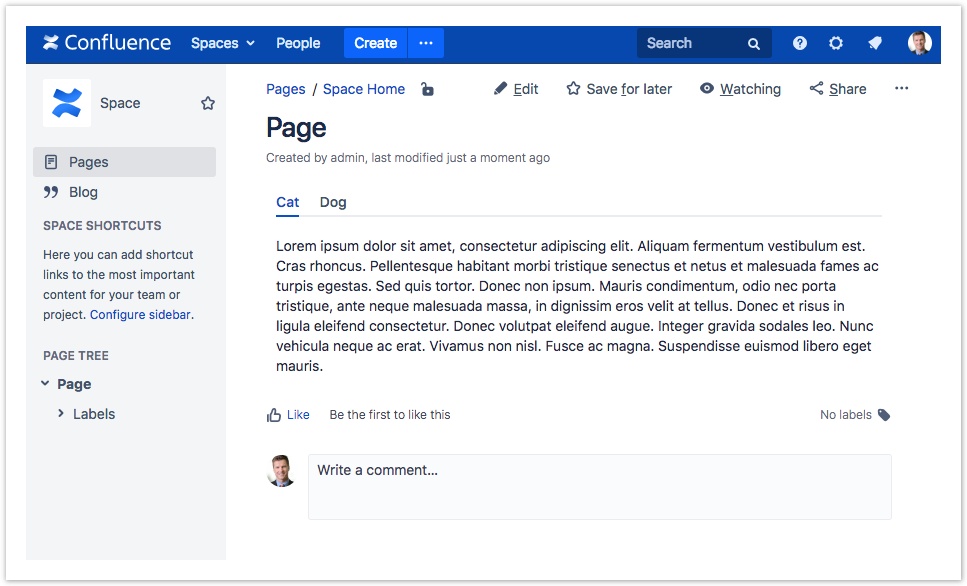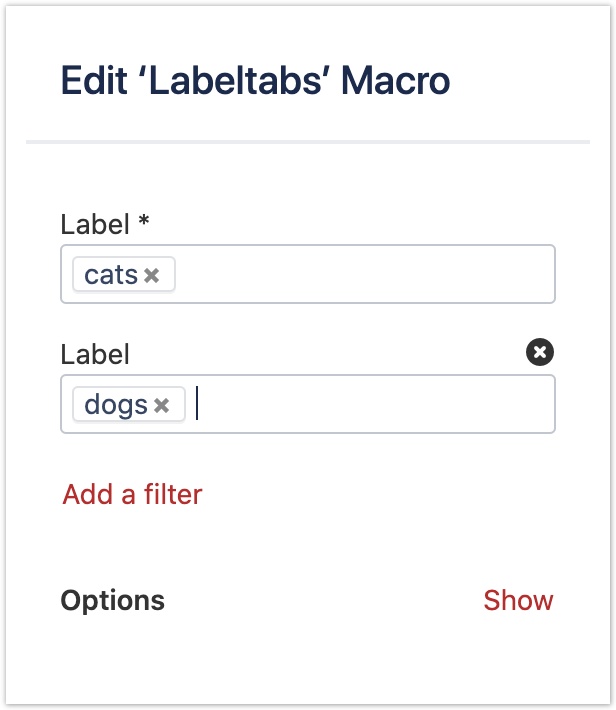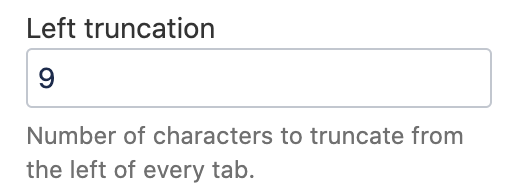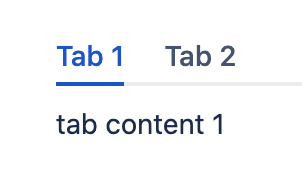Labeltabs Macro
This macro has been deprecated and is no longer supported.
Please use the new Tab Wizard 🧙♂️ option: “Define Labels“ instead.
Existing macros will continue to work.
Settings of the Labeltabs Macro
Name | Description |
|---|---|
| Filter for a label (required) as well as any additional CQL field (optional). |
Vertical orientation | Tick the box to display the tabs vertically. By default, tabs are oriented horizontally. |
Width | The width of the vertical tabs in pixels. The default is 150 pixels. |
Lock position | Tick the box to let the vertical tabs scroll with the content. |
| Choose how to sort the pages. |
Reverse | Tick the box to reverse the sort order. |
Display excerpt | Tick the box to display the content from the excerpt macro or, if there is none, the entire page. |
Left truncation | The number of characters to truncate from the left of every tab title. |
Max amount of tabs | The max amount of tabs displayed for the current filter. The default is 20 tabs. |
Tab style | Tab style defines how tabs will look like in UI. |
Examples
Labels “cats” OR “dogs”
If you want to generate tabs of pages containing the label cats or dogs:
Include a Labeltabs macro on your page.
Add "cats" and "dogs" as labels. Select "Save".

The macro looks like this in the page editor:

Save/Update your page.
The pages containing the label "cats" OR "dogs" will be displayed as tabs.

Labels “cats” AND “dogs”
If you want to generate tabs of pages containing the label cats AND dogs:
Include a Labeltabs macro on your page.
Add "cats" as a label.
Select the link "Add a filter". Enter "Label" and add "dogs". Select "Save".

The macro looks like this in the page editor:

Save/Update your page.
Only the pages containing the labels "cats" AND "dogs" will be displayed as tabs.
Related articles
- Childtabs Macro
Comprehensive guide on using the Childtabs Macro in Navitabs, detailing features like vertical orientation, tab style, and left truncation settings.
- Localtab Macro
Structure your page's content in tabs. Must be used within a Localtab-Group macro.
Support
If you are having trouble using this macro, please contact our App Support.







